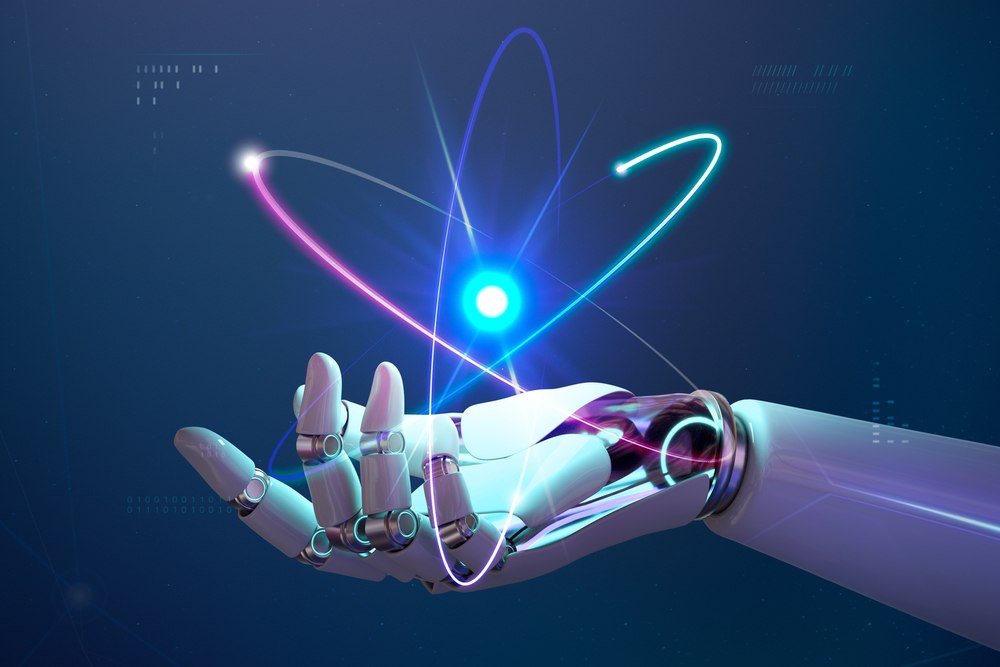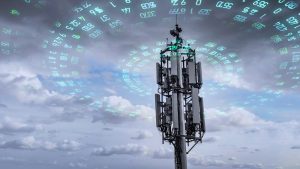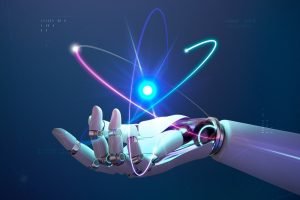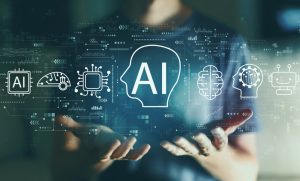Top Predictions for AI in 2023: GPT-4, Foundation Models for Robotics, and Midjourney’s Rise

The last two years have seen significant uptake in the AI industry. Applications such as DALLE-E and CHatGpt are just some of the prime examples. However, they have only scratched the surface, and 2023 should be a year we see many advancements in Artificial Intelligence. Here are some of the most significant predictions for AI in 2023.
GPT-4
You already know about ChatGpt powered by GPT 3 and how powerful it is. However, OpenAI has continued, with the new version GPT-4 slated for 2023, and it is a big deal. Rumors suggest GPT-4 will significantly improve performance compared to previous versions, such as GPT-3 and 3.5.
ChatGPT has had an heirloom of speculation recently, but the release of GPT-4 could generate even more excitement. There are speculations about the characteristics of GPT-4, with some suggesting that it may be smaller than its predecessor.
However, a research paper published by DeepMind earlier this year argued that current large language models are more significant than necessary. On the other hand, GPT-4 can achieve that optimal model performance with fewer parameters and larger datasets.
This statement suggests that the quality of training data may be more important than the model’s size. Many top language models, such as OpenAI’s GPT-3, AI21 Labs’ Jurassic, and Microsoft/Nvidia’s Megatron-Turing, have been trained on data corpora of approximately 300 billion tokens.
However, Internet sleuths speculate that researchers will introduce GPT-4 using a dataset that is at least ten times larger, potentially reaching 10 trillion tokens. Additionally, GPT-4 could have fewer parameters than Megatron-Turing, despite being trained on a larger dataset.
Foundation Models for Robotics: The Next Frontier in AI Development
Fans speculate that in 2023, DeepMind, Google Brain, or OpenAI may undertake efforts to develop foundation models for robotics. Foundation models, which have driven recent progress in AI, are massive AI models trained on a wide range of data and can perform effectively on various tasks.
However, while current foundation models are highly advanced, they only operate in the digital realm, and programmers have yet to apply them to real-world systems such as autonomous vehicles, warehouse robots, drones, and humanoid robots.
A foundation model for robotics, or a foundation model for the physical world, could be trained on data from various sensor modalities, such as cameras and radar, to understand the natural world’s physics and how objects interact. Researchers could then fine-tune this model for specific hardware platforms and tasks. Such a model may enable the development of more advanced AI systems that can operate in the real world.
Midjorney on the Rise
Midjourney is a text-to-image AI platform that has experienced impressive growth, with almost 6 million users and significant revenues. However, the company has not accepted any outside funding and is currently self-funded with a small team of 11 full-time employees.
In addition, its founder and CEO, David Holz, has reportedly been hesitant to accept venture capital due to negative experiences with VC investors during his time at Leap Motion, a virtual reality startup he co-founded.
Despite this, in 2023, Midjourney may raise a significant funding round to keep up with the demands of rapid growth, increased competition, and a considerable market opportunity in the generative AI industry. Midjorney could make a big turnaround like OpenAI and create some exciting applications.




